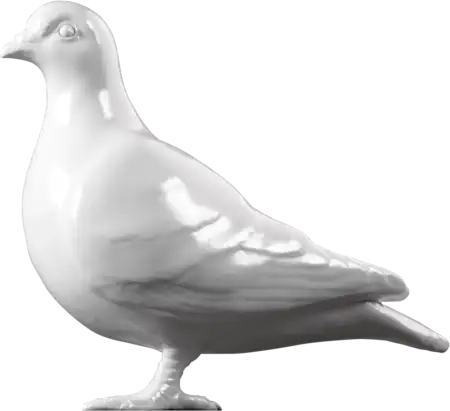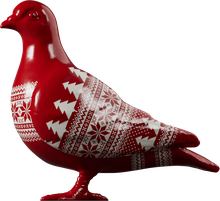Working History — 1976
Typesetting machine
This Monarch typesetting machine was used at The Guardian newspaper on Farringdon Road. It was the last ever manufactured by Harris Intertype and was installed at the paper in June 1976.
Operators would be supplied with paper copy by journalists for printing. Intertype machines produced lines of text called 'slugs'. These were cast in molten lead alloy from lines of matrices (letter dies) and space bands which were sequenced and justified by the machine. The molten metal was heated electrically in the machine's crucible. Hot lead would frequently be spat out onto the operators sticking to their clothing and skin when it oxidized. The heat from the machines made print rooms extremely hot and sweaty places for those who worked in them, particularly in the summer months.
Monarchs could be operated manually or, as in the case of this one, using an automated process. Monarchs did not have a 'QWERTY' keyboard like typewriters and computer keyboards. Letters, numbers and symbols were arranged in a different order. When operators pressed the keys the brass matrices and space bands would be released from the magazine above in the desired sequence and then justified. After the slug had been cast the matrices and space bands would be rotated back to the magazine to start the process again. At The Guardian, the Monarchs were automated using a six-hole perforated tape set by an operator and processed through a Fairchild teletypesetter unit. This machine produced type in 8, 9 and 10 point Royal Bold font. The names of those allowed to operate the machine are listed on the side above the keyboard. Only operators belonging to the National Graphical Association trade union were allowed to operate these machines.
Slugs would be put together to form 'takes'. After being proofed and collated, takes would then be transported on a galley to the compositors who would assemble the 'forme' on a steel table called a 'stone'. The forme would be the complete page including headers, photographs, adverts and text. A mould would then be taken from the forme by the stereotypers. This was called a 'flong' and from this a stereo plate would be cast. The newspaper page would then be printed from this using a rotary printing press. After use the slugs were melted down in the crucible and the metal re-used.
The Guardian stopped printing using these 'hot metal' processes in May 1987. This machine was donated to the Museum of London the following year.
- Category:
- Working History
- Object ID:
- 88.187/temp1
- Object name:
- typesetting machine
- Object type:
- Artist/Maker:
- Harris Intertype Ltd
- Related people:
- Related events:
- Related places:
- Production date:
- 1976
- Material:
metal
- Measurements/duration:
- H 1400 mm W 1630 mm, D 1580 mm (minimum height) (overall)
- Part of:
- —
- On display:
- —
- Record quality:
- 100%
- Part of this object:
- —
- Owner Status & Credit:
Permanent collection
- Copyright holder:
digital image © London Museum
- Image credit:
- —
- Creative commons usage:
- —
- License this image:
To license this image for commercial use, please contact the London Museum Picture Library.

